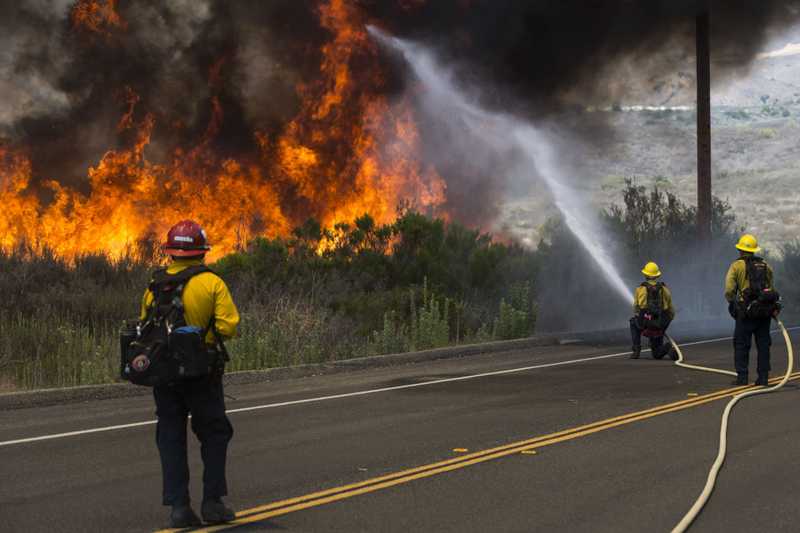Climatic Disasters for the week of Nov. 23 - 29, 2021.
30/11/2021- Tracking
- post
Here’s what we’re watching for the week of Nov. 23 - 29, 2021.
New or emerging disasters
Earthquake – Peru: On Nov. 28, an extremely strong 7.5 magnitude earthquake struck northern Peru, close to the border with Ecuador. Early reports indicate minor damage, helped in part by the depth of the earthquake, approximately 70 miles underground. Although there are no immediate reports of deaths or injuries, responders had yet to reach all areas and fully assess the situation.
Flooding – Indonesia: Heavy rain over Sumatra and Java affected 25,000 people and killed at least four. The fatalities occurred when a landslide destroyed buildings along a road on Java island. Both the Padang and Bailang rivers overtopped their banks on Nov. 20, leading to floodwaters that were 4 feet (1.2 meters) deep in areas.
Storm Arwen – United Kingdom: A major weather system known as Storm Arwen ripped through the United Kingdom with winds exceeding 80 miles/hour (130 kilometers/hour) along with heavy rain, sleet and snow. The UK Met Office issued a rare Red weather warning as the storm was expected to disrupt significant parts of the country. At the height of the storm, 143,000 customers were without power – primarily in Scotland and Northern England. Two people died in separate incidents – one in Northern Ireland and the other in Cumbria – when they were struck by falling trees.
Bushfires – Australia: While parts of the country are flooding, others are preparing for an above-average fire season. Areas that saw major fires last year have a reduced risk, but large areas of New South Wales, Victoria and Western Australia are preparing for an increased risk of fires as the Australian bushfire season begins.
Previous/Ongoing Disasters Flooding – British Columbia: After a week of frantic work to recover from flooding, British Columbia received two more major rain events late last week. Rivers along the U.S. – Canada border overflowed, sending flooding into the border city of Abbotsford, already hard hit from earlier flooding. The mayor of Abbotsford said more flooding was inevitable, “There’s nothing to stop it,” even as firefighters rushed to set up flood barriers to minimize the impact.
While some transportation services began to recover, barges containing gasoline were floated up the coast from the U.S. to alleviate shortages as rail services and pipelines slowly came back online. Despite the resumption of some rail services, the Port of Vancouver was described by B.C.’s premier as “distressed” as approximately 33% more ships than usual wait outside the backlogged port for space to be available to load or unload.
Meanwhile, scientists and biologists are warning that the floods could have washed away gravel where some fish incubate their eggs over the winter, leading to high mortality rates for salmon and other important species.
Flooding – Australia: While Australia has had several bouts of flooding this year, the latest has left emergency services overwhelmed after performing an “unacceptable” number of rescues, prompting officials to beg people to stay home during severe weather incidents. New South Wales received what one local mayor called “mind-boggling” amounts of water as the State Emergency Service has recorded more than 5,000 requests for assistance.
2021 Atlantic Hurricane Season: As of Nov. 29, officials are not expecting any more tropical systems to form through the end of the season on Nov. 30. There were 21 named storms in 2021, exceeding the pre-season predictions, and far above the 30-year average of 14.4 named storms per season. These storms included seven hurricanes – of which four were major (Category 3 or higher) hurricanes.
North American wildfires: On Nov. 26, the National Interagency Fire Center (NIFC) reported 12 active fires that had burned 94,886 acres. Of those, five were considered large uncontained fires though only the KNP Complex was of notable size, consisting of 88,307 of the acres burned in currently active fires. There have been 52,729 wildfires in the U.S. in 2021, burning a cumulative 6.6 million acres. Both those statistics are below the 10-year averages, despite some of the largest fires in history happening this year.
